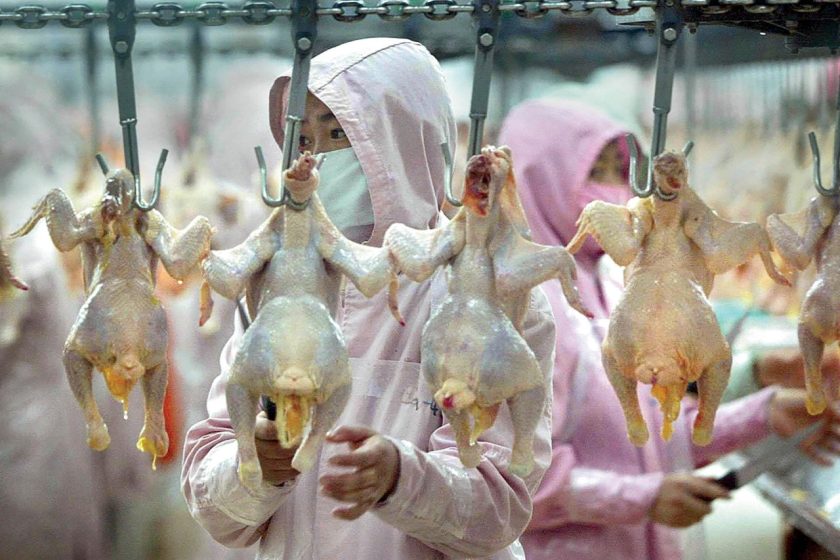Asian poultry producers especially from China and Thailand, are seeing export opportunities, a report from the International Poultry Forum China said. Despite global uncertainties, the outlook is optimistic.
Exporters in the region have faced difficult conditions in recent years. However, the tide is changing. Vietnam, for example, is well-positioned to expand its poultry exports, given its membership in the Comprehensive and Progressive Agreement for Trans-Pacific Partnership (CPTPP).
Meanwhile, China’s poultry exports remained strong and are expected to continue performing well.
However, exporters must navigate several challenges:
- A rising trend toward self-sufficiency in many markets
- Trade barriers due to disease outbreaks
- Increased volatility from protectionist policies like “America First”
To take advantage of opportunities, producers should:
- Build strong partnerships
- Source feed and raw chicken from South America
- Focus on trade in processed chicken
Aging population and consumption
Gordon Butland, Director of G&S Agriconsultants, explained that while the global population is growing, much of this growth is concentrated in Africa.
He added that population decline and aging demographics are emerging in other regions as well, including parts of Asia. These shifts are expected to affect both consumption and labor availability.
Thailand, he cited, faces a declining birthrate. Some forecasts suggest that its population could shrink by half within 60 years. The working-age population, meanwhile, may drop by 40% over the next 50 years.
Thailand’s poultry industry already depends heavily on foreign labor. The falling birth rates across Asia will have put pressure on industries reliant on low-cost labor.
Aging and shrinking populations also consume less food, posing further challenges. However, other demographic trends are proving more positive. The Muslim population, for example, is rising at a faster rate than the non-Muslim population, which could boost chicken consumption.
Interestingly, chicken is the top protein only in Thailand, explained Mr Butland. In 10 out of 11 countries in Asia, fish remains the dominant source of protein.

